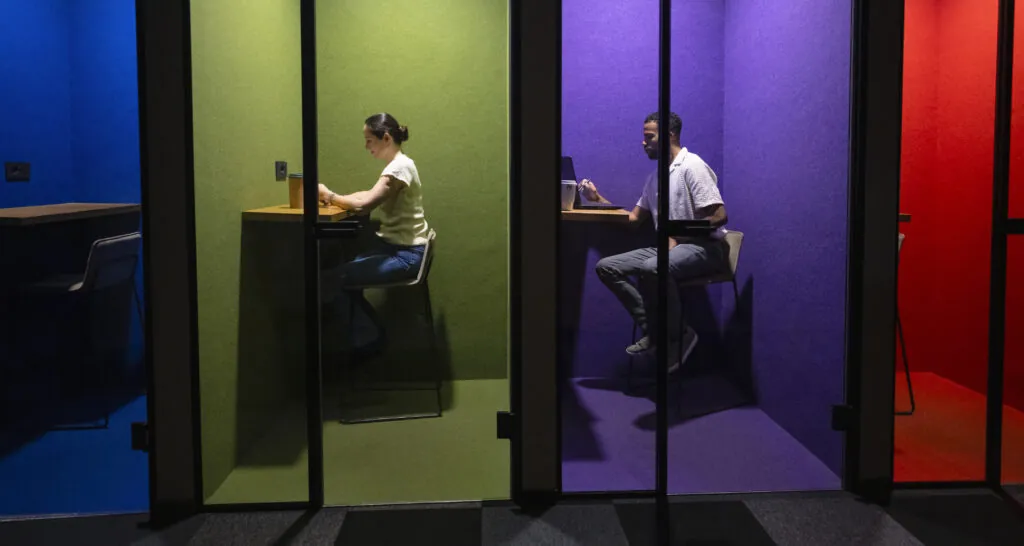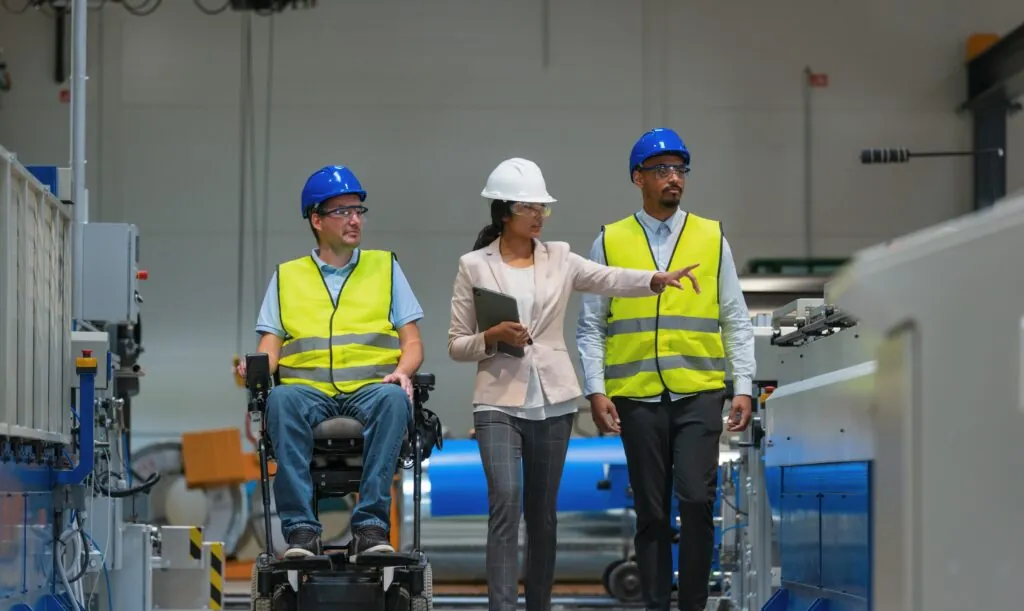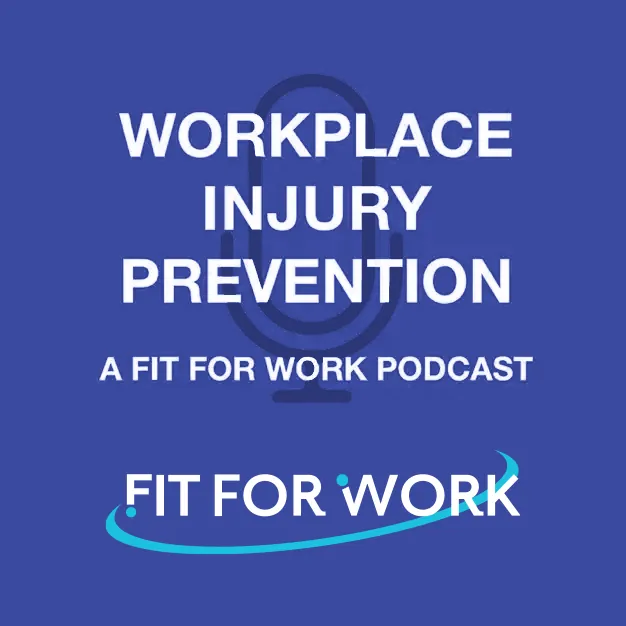By Gina Urzi
Facilitation and Curriculum Specialist, Confluent Health
What do Albert Einstein, Bill Gates, Charles Schwab, Bobby Fischer, Leonardo da Vinci, Susan Boyle, and Greta Thunberg have in common?
The answer: neurodiversity—along with outstanding success in their fields. In fact, Swedish climate activist Thunberg refers to her autism as a “superpower” and “a gift.” Awareness has helped society recognize neurodiversity in people past and present, often categorizing these individuals as special, yet deficient in some way. However, today there is a broader understanding that the features of neurodiversity are not deficits but rather represent different ways of thinking.
About one in five, or 20% of the workforce, is estimated to be neurodivergent. Despite growing awareness, many employers still lack the understanding and resources needed to effectively support this segment of the workforce and tap into their innate talents.
The neurodiversity paradigm suggests that neurological differences, such as those seen in autism, ADHD, and dyslexia, are part of natural human variation and may serve an evolutionary purpose.
In today’s workplace, these different ways of thinking often translate into valuable skills and perspectives that are increasingly sought after across roles and industries.
Here, we examine neurodiversity in the workplace, explore the challenges of managing neurodiverse employees, and outline strategies for fostering a more inclusive workplace culture, shifting the focus from awareness to action.
What is Neurodiversity and Why it Matters at Work
Neurodiversity refers to the natural neurological variations in how people think, process, and experience the world. Examples include attention-deficit/hyperactivity disorder (ADHD), autism spectrum disorder, dyscalculia, dyslexia, dyspraxia, and Tourette syndrome.
This segment of the labor pool remained largely invisible until some notable neurodivergent people stepped into the public eye. We now know that over 40% of millionaires have dyslexia, and the characteristics of ADHD are positively connected to entrepreneurship and new business ventures. In fact, university graduates with ADHD are twice as likely as others to start their own business.
Many neurodivergent individuals hold master’s or dual degrees in fields such as applied mathematics, biostatistics, economics, electrical engineering, or physics, often graduating with high honors. Others may have technical degrees or thrive in hands-on roles, bringing well-developed skills in industrial or operational settings. Even with these credentials, they may still benefit from support or accommodation to truly thrive in the workplace.
Why Neurodiversity Is Critical in Today’s Workforce
Forty years ago, technology began to change every aspect of our lives and businesses, requiring new ways of thinking, fresh skills, and novel competencies. Today, artificial intelligence is once again challenging us to think differently. Neurodivergent employees often excel in areas such as creativity, innovation, mathematics, memory, pattern recognition, and resilience—precisely the talents needed to embrace new ways of thinking, analyze complex data, and align it with business objectives.
Inclusivity in the workplace matters. If 20% of your team faces challenges in how their brains process information, communicate, or manage tasks, it impacts how they engage, perform, and thrive. Recognizing and supporting neurodivergence is not only compassionate, but also essential for building effective, inclusive teams.
A growing number of companies, including SAP, Hewlett Packard Enterprise, and Microsoft, have reformulated their processes to accommodate neurodiverse talent. As a result, they have seen productivity gains, quality improvements, greater innovation, and higher employee engagement. The case for supporting neurodiverse employees is compelling in today’s human resources landscape, especially when considering the skills shortages involving science and technology.
Common Challenges Neurodivergent Employees Face
Despite the compelling case for inclusion, the day-to-day experience of neurodiverse employees can be complex as they can face several challenges at work.
One challenge they may experience is sensory overload from loud noises, bright overhead lights, or frequent interruptions. Another factor to consider is work environment interruptions. A Microsoft report states that many workers are interrupted every two minutes during the workday, and a University of California study says it takes 23 minutes to regain focus.
Many companies today have open workspaces where cell phones and other technologies can distract workers, and cubicle walls do not prevent disruptions from other employees. These disturbances take a toll on everyone’s productivity, but neurodivergent people may feel particularly frustrated and struggle to regain focus.
Rigid schedules or assignments that seem unclear can also affect neurodivergent team members. They may have difficulty organizing groups of tasks, resulting in missed steps or missed deadlines. For example, a manufacturing worker may skip steps in safety protocols, increasing the risk of injury, unless posted safety instructions detail each step along with an illustration.
Communication may present difficulties as people with dyslexia face challenges with reading and writing. For example, a technician may perform well until promoted to a supervisory role with responsibility for multiple sites or projects, reviewing employees, and submitting or analyzing reports. Their performance may be hindered until someone recognizes their challenges and offers tips and accommodations. Other communications issues include appropriately dealing with conflicts between team members or managers.
Interpersonal challenges include biases or negative stigmas around neurodivergence. Team members may feel pressured to “mask” or fit into a neurotypical mold to be accepted. A lack of acceptance may result in a failure to recognize the potential of a gifted team member. When workplaces aren’t designed with inclusion in mind, the risk of exclusion rises, leading to decreased effectiveness, lower retention, and a weakened team culture.
How to Build a Neuroinclusive Workplace
Address the Workplace Setting:
- Offer flexible work schedules, if possible, to allow individuals to contribute at optimal times for their productivity and well-being.
- Manage sensory inputs by creating quiet workspaces that enable workers to focus, with break areas that allow downtime. Noise-cancelling headphones can support concentration at workstations, as supported by safety protocols.
- Replace harsh overhead lighting with soft, warm, dimmable lighting.
- Minimize interruptions from other employees or visitors.
Clarify Expectations Through Clear Communication:
- Use multiple formats, including both written and verbal techniques.
- Set structured workflows with consistent procedures and checklists.
- Training modules should include options for the written and spoken word, videos, and hands-on demonstrations using visual aids.
- Job carving or customizing will help match tasks and responsibilities with individual strengths to optimize outcomes, supporting a people-oriented pathway to success.
Build Authentic, Supportive Connections:
- Hold regular one-to-one meetings to help employees feel seen, validated, and supported.
- Ask, “What’s working? What’s not working? What do you need to succeed?”
- Encourage feedback using preferred communication styles.
- Remember to allow team members time to process when seeking input.
- Offer mentoring or coaching, especially during onboarding or for ongoing support.
Make Inclusivity Part of Organizational Culture:
- Move beyond awareness to action.
- Provide training on neurodiversity and inclusion practices so managers can recognize the signs and take steps to accommodate needs.
- Develop a neurodiversity inclusion action plan to ensure acceptance of each person’s unique contribution.
Below is an example:

Organizations should tailor their inclusion plans to fit the unique needs of their workplace and workforce. It’s important to consider questions such as: “How can curiosity be encouraged, thoughtful questions be asked, and individuals who think differently be honored?”
Neurodiversity is not just a challenge to accommodate; it’s something to celebrate. By making intentional changes, we can create environments where everyone thrives.
Creating space for diverse perspectives opens the door to fresh insights, stronger connections, and meaningful contributions.
A Call to Action
What might a workplace look like if it truly supported every brain? Taking even one inclusive action today can help create an environment where all individuals have the opportunity to thrive. The payoff? Neurodiversity inclusion promotes a management approach that places each person in a context designed to maximize their contributions.
At the same time, neurotypical individuals report that a genuine invitation to participate makes work more meaningful and boosts morale. In return, they offer high loyalty and low turnover, along with unique insights.
About the Author
My Neurodiversity Story
Due to my ADHD, I can often feel overwhelmed when juggling multiple tasks and deadlines. Meanwhile, instant messages keep popping up and my inbox is filled with emails that need my attention. My pattern is to procrastinate, zone out, and struggle to hold boundaries. As the pressure builds, so does my anxiety, and I find myself in a frustrating cycle of being overwhelmed and not accomplishing my objectives.
I’ve used a variety of tools to support my learning, and Executive Function Coaching has been one of the most impactful. It has helped me refine my cognitive skills in organization, planning, and time management. Breaking large tasks into manageable steps, blocking out time for projects, color-coding my calendar, and setting reminders are helpful techniques. I also rely on various forms of technology to support my work and learning, including AI for research, writing assistants for editing, audiobooks for reading, and speech-to-text tools for notetaking.
Awareness, acceptance, understanding, and accommodation make all the difference in helping neurodiverse team members succeed personally and contribute to workplace success.
Gina Urzi is an International Coaching Federation (ICF)-certified Executive Coach, Enneagram Coach, and Leadership Development Specialist with over a decade of experience helping individuals and teams grow through practical tools, emotional intelligence, and deep self-awareness. As a Facilitation and Curriculum Specialist and Head of the DE&I Council at Confluent Health, she designs and delivers impactful coaching, training, and development programs that foster trust, clarity, and lasting transformation.
Resources
ADHD Foundation UK: Neurodiversity E-Booklet and Training Guide
Confluent Health Neurodivergent Resource Page
Harvard Business Review: Neurodiversity as a Competitive Advantage
How to ADHD by Jessica McCabe
How to ADHD: Videos on YouTube






